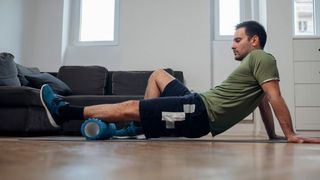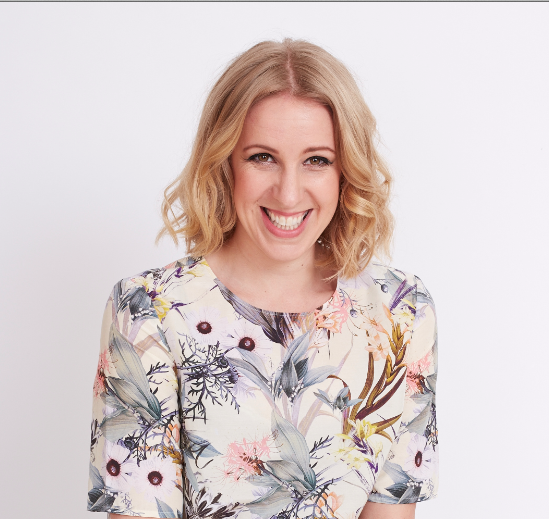What Is Trigger Point Massage And Could It Help To Improve Sports Performance?
Are sore, achy muscles holding you back from your PB? Trigger point massage could help

Trigger point massage can help with, you guessed it, trigger points – those little “marbles” or knots just under the skin that can feel tender to touch.
“Trigger points are localised, tender or painful spots within the taut bands of the skeletal muscles, often also referred to as knots,” explains Louise Richardson, a sports physiotherapist and regional clinical lead from Total Physiotherapy. “They are usually located in the centre of the muscle, causing tightness. They can affect the function of the entire muscle and can be caused by overuse, repetitive strain or trauma to the muscle.”
Sometimes trigger points don’t hurt at all, but they can be sensitive and painful, and that’s when trigger point massage is worth a try. This can be done by a professional, or you can go the DIY route. Richardson explains how to self-treat below, but you can also buy accessories to help on that front. If that sounds intriguing, peruse your options with our buying guides to the best massage guns and best foam rollers.
What Is A Trigger Point Massage?
“Trigger point massage works to relieve pain and tension through isolated pressure and release,” says Richardson.“It’s usually performed with the hands or with specialised trigger point tools.
“The treatment involves applying direct pressure to the problem area. This increases circulation to the trigger point and as fresh oxygenated blood is drawn there and waste material is flushed out, the muscle fibres relax and the pain reduces.”
Can You Give Yourself A Trigger Point Massage?
While you can perform your own trigger point massage, Richardson recommends paying for a professional massage or sports massage – particularly if you’re in a lot of pain.
If you do want to give it a try yourself, however, here’s what to do:
Get the Coach Newsletter
Sign up for workout ideas, training advice, reviews of the latest gear and more.
“Pressing directly on the trigger point and holding for 10 to 12 seconds, until the pain begins to diminish, can provide some relief,” says Richardson.
“You can also apply small kneading strokes – either circular or back and forth – to increase the blood flow to the area. You should expect to feel some pain, but too much intensity can be counterproductive, so err on the side of caution. Alternate between light and harder pressure. Around five minutes should be enough time spent on one trigger point area, and you can aim to massage the area two to three times per day.”
Richardson also recommends trying an acupressure ball, foam roller or massage gun to create a similar effect on trigger points. A therapist will be able to advise on the best way to use these tools.
What Are The Effects Of Trigger Point Massage?
Proper trigger point massage can be used as a rehabilitation treatment, potentially enhancing sports performance and increasing endurance. Regular massage can maintain healthy muscle and connective tissues, working as a preventative measure to reduce the chance of any future injuries.
“The treatment can shorten recovery time and relieve pain following a sporting injury,” adds Richardson. “If you are maintaining strong, healthy muscles with trigger point massage then you can enhance your performance and have a better range of motion.”
Other benefits include relief from headaches caused by tight upper back and neck muscles.
“If the cause of headaches is muscular, trigger point therapy used to treat the muscles directly can often be as effective as pain relief medication, if not more so,” says Richardson. “Trigger point massage can be equally helpful for those who suffer from muscle pain because of poor posture at work, especially those of us spending a lot of time sitting at a desk.”
Tight muscles can cause sustained poor posture, which in turn puts greater strain on the muscles.
“Trigger point massage focused on the neck, shoulders and back can ease tension in these muscles and promote good posture and better range of motion,” says Richardson.

Maddy is a freelance journalist specializing in fitness, health and wellbeing content. She has been a writer and editor for 22 years, and has worked for some of the UK's bestselling newspapers and women’s magazines, including Marie Claire, The Sunday Times and Women's Health. Maddy loves HIIT training and can often be found working out while her two young daughters do matching burpees or star jumps. As a massive foodie, she loves cooking and trying out new healthy recipes (especially ones with hidden vegetables so the kids eat them). Maddy is currently completing a diploma in Level 3 personal training and can’t wait to help other busy mums like her feel energized and confident in how they look and feel.
